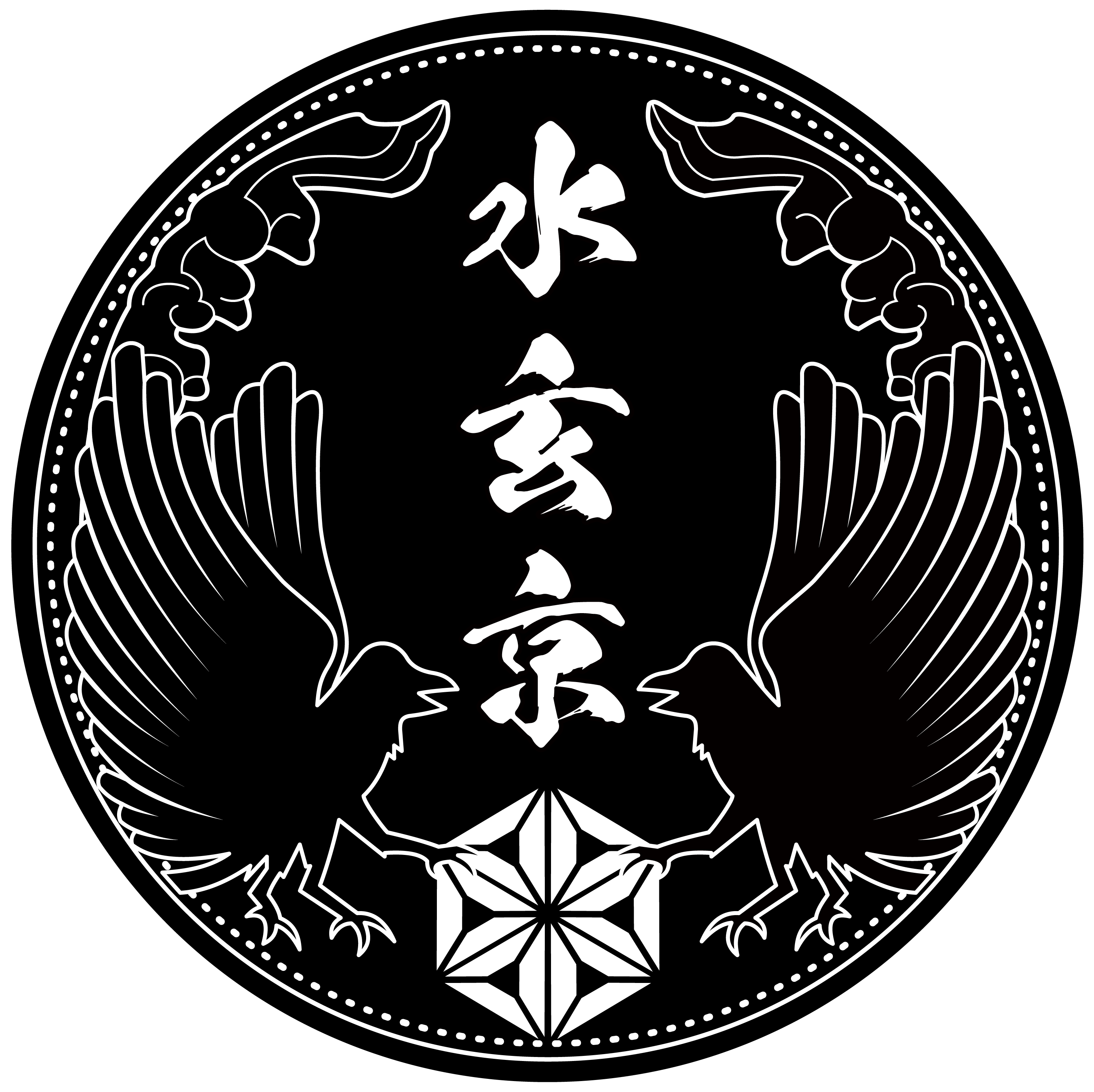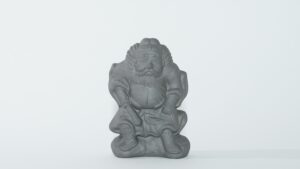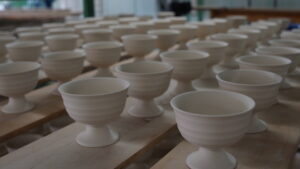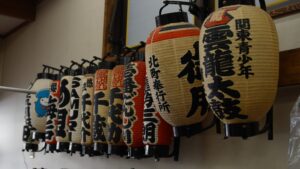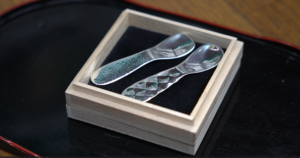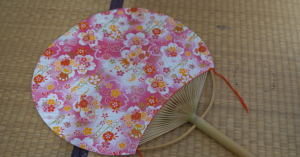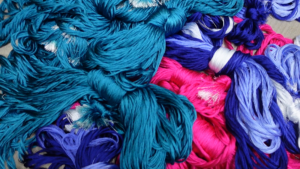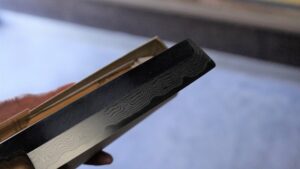Making Process of Kyoto Tatami
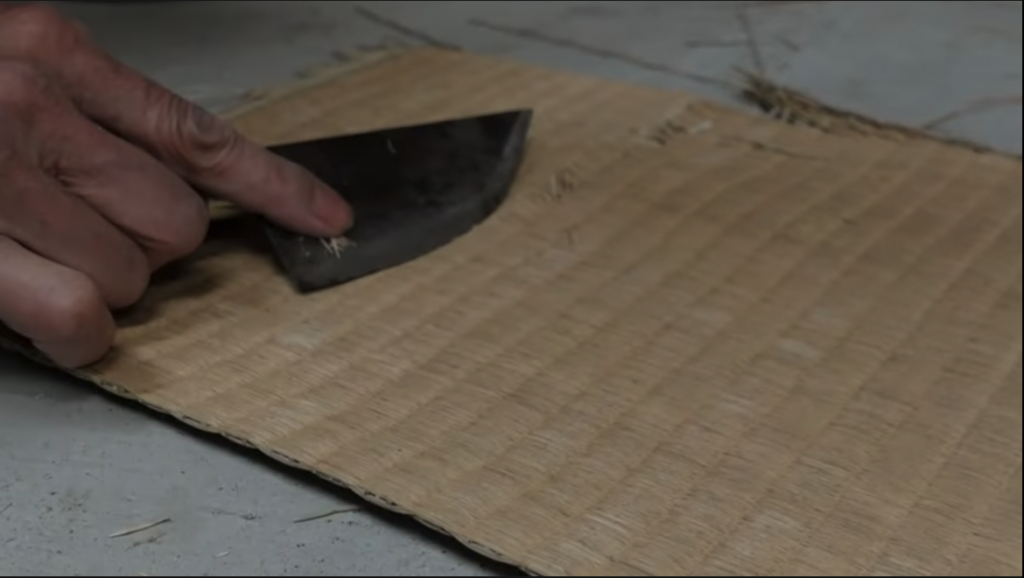
Deciding the size of Tatami
Tatami mats are cut based on the size of the room in which they will be laid. This is the key to the made-to-order production.
Placing Tatami on the floor
After the tatami mat floor is finely cut, the tatami mat surface is placed on the floor.
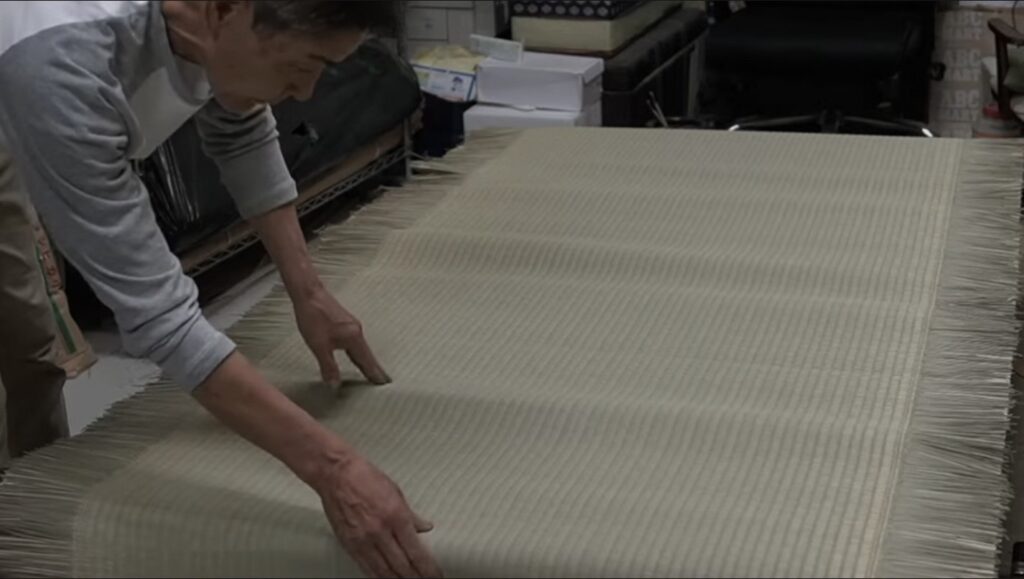

Sewing the edge of Tatami
The edge of the Tatami is sewn on and it is the final process. The skillful sewing work done by the craftsmen is exciting to watch.
You can watch the production process of Kyoto-Tatami on YouTube!
Characteristics of Kyoto Tatami
What is your impression of Tatami (Japanese Mat)? I think most of the places that come to your mind are probably many “solemn places” such as tea ceremony rooms, temples, etc. Tatami has softness in its solemnity. Tatami is a craft with many excellent functions derived from nature, so that we would highly recommend people to use it in their modern houses. For example, let us imagine a family with small children living in an apartment. You may often hear them running around and see them falling on the flooring. Tatami has sound insulation properties because it contains a lot of air and has elasticity. Therefore, it can reduce the sound of footsteps and the impact of a fall. In addition, Igusa (Japanese cypress) which is the material used for Tatami has the effect of cleaning the air and is also good at adjusting temperature. Regardless of the seasons, you will be able to spend wonderful time with your children in comfortable air and temperature.
History of Kyoto Tatami
The history of Tatami dates back to the Nara period (1300 years ago). It is said that Tatami was treated as a sign of power by the nobility. Its thickness, the color of the edges, and the pattern of Tatami differed based on the rank of the person. Later, with the development of the tea ceremony, Tatami spread to the masses and became popular. Tatami is roughly divided into “Kansai (West side of Japan)” and “Kanto (East side of Japan)” areas, with slightly different sizes. While mechanization is standardized nationwide and the number of handmade Tatami is decreasing, Tatami is still made by using traditional hand-sewn techniques in Kyoto. It has been designated as a traditional Kyoto craft. Such historic Tatami can be seen in various buildings in Kyoto, including the Kyoto Imperial Palace.
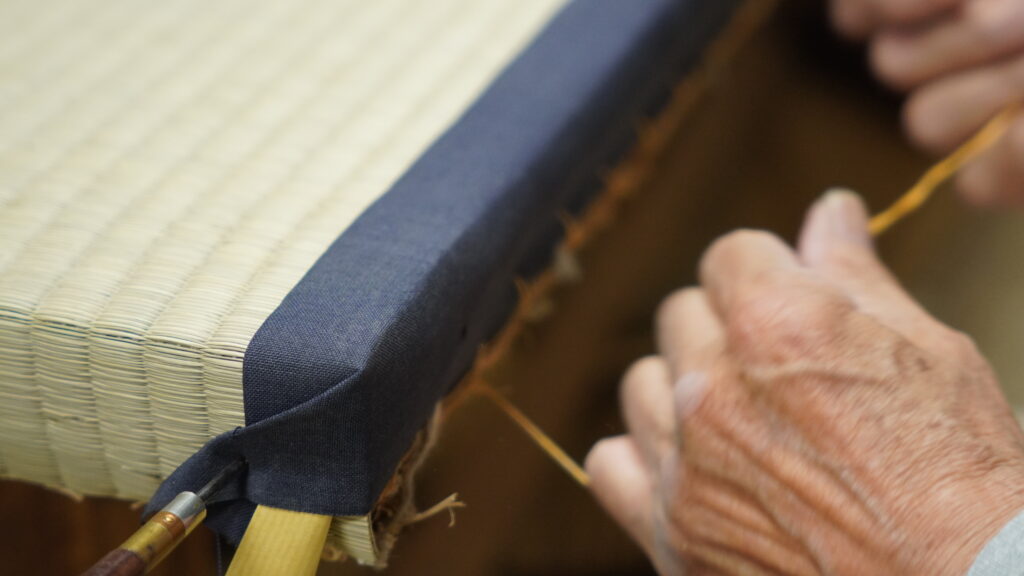
Kyoto Tatami that can be used for Your Daily Life!
Tatami is used not only in Japanese-style rooms but also in various scenes and purposes. Tatami has evolved into a form specialized for the sport such as “Judo” that originated in Japan, although it is slightly different from the crafted tatami, and is safer and more durable. No one would have thought that it would have evolved in this way in an age of aristocrats. Also, in recent years, mini tatami has begun to be sold as a base for displaying small dolls and other small objects, influenced by anime and other media. They are highly versatile and placing a mini Tatami mat in a room adds a relaxing atmosphere as an interior design. There are even some studios that make mini tatami exclusively for cats as a variant of traditional Tatami. Additionally, there are approximately 2,000 different patterns and designs for the edges of tatami, and it is possible to create a tatami that matches your taste.
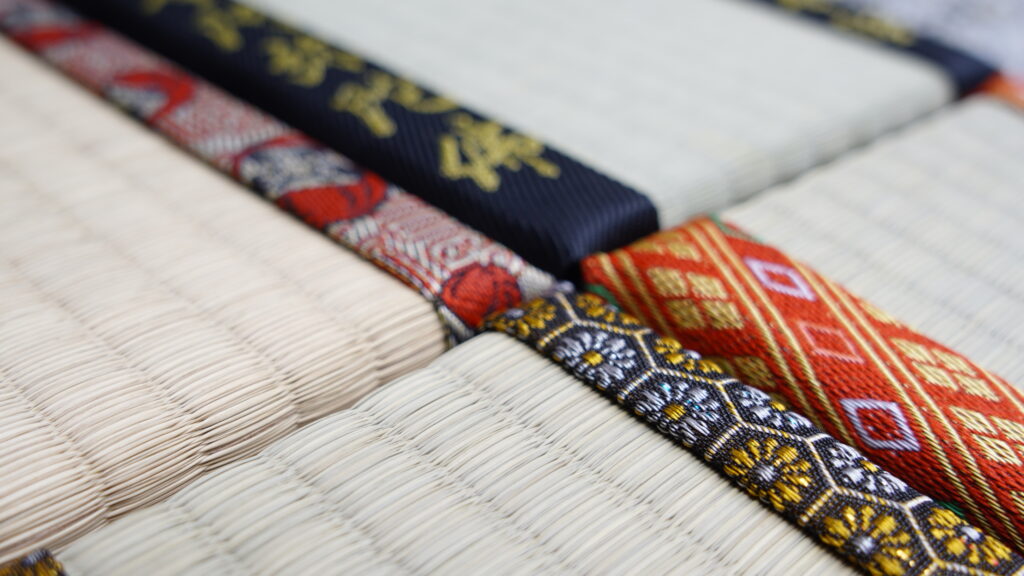
Tatami is a craft that continues to evolve through the incorporation of new changes. Why don’t you experience tatami, the embodiment of good old traditional culture?
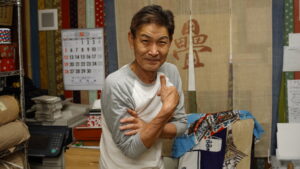
Suigenkyo Online Store
We offer a wide range of products including tableware, accessories, and interior design.
Suigenkyo YouTube
You can see the making process of the products listed on Suigenkyo Online Store.
